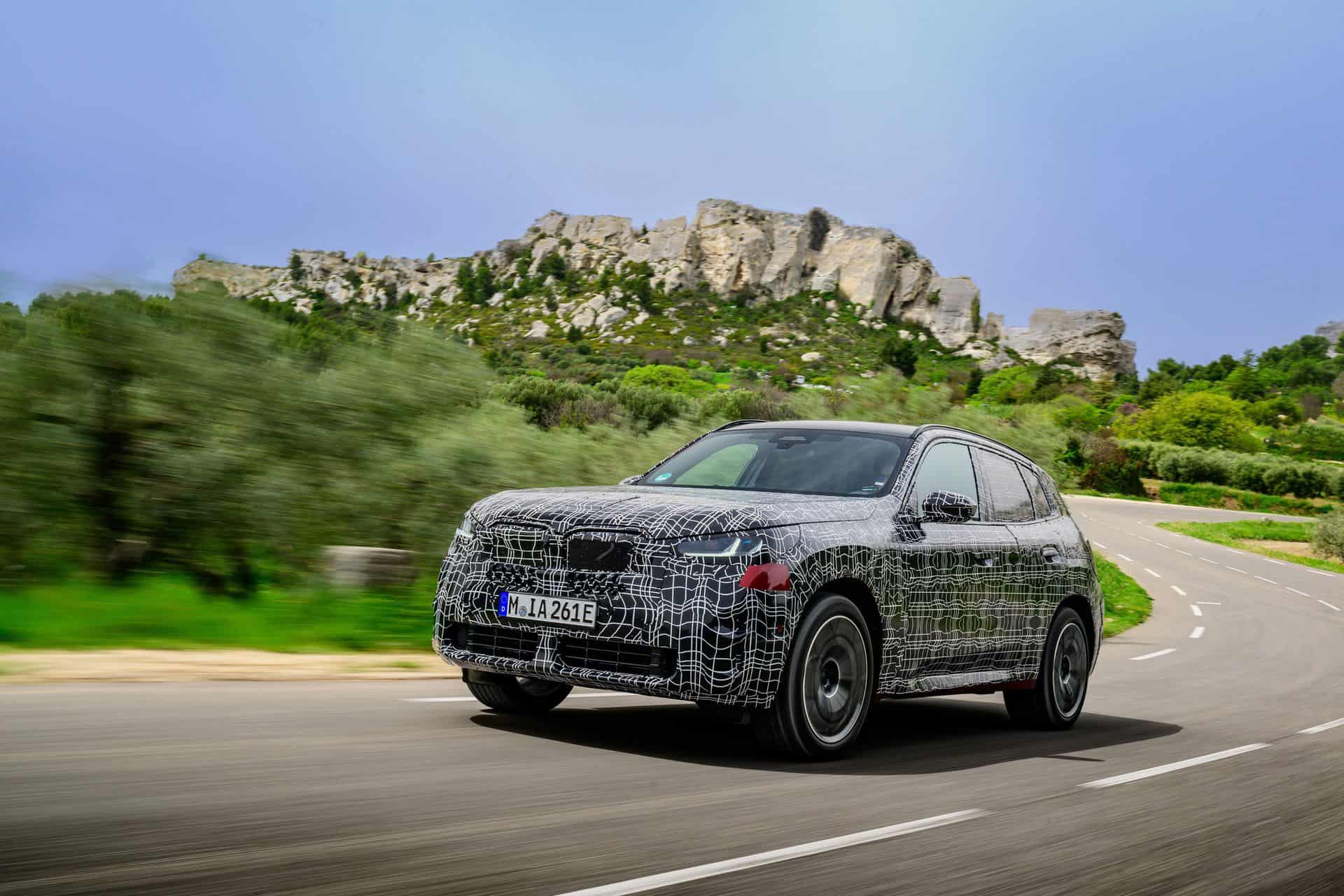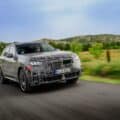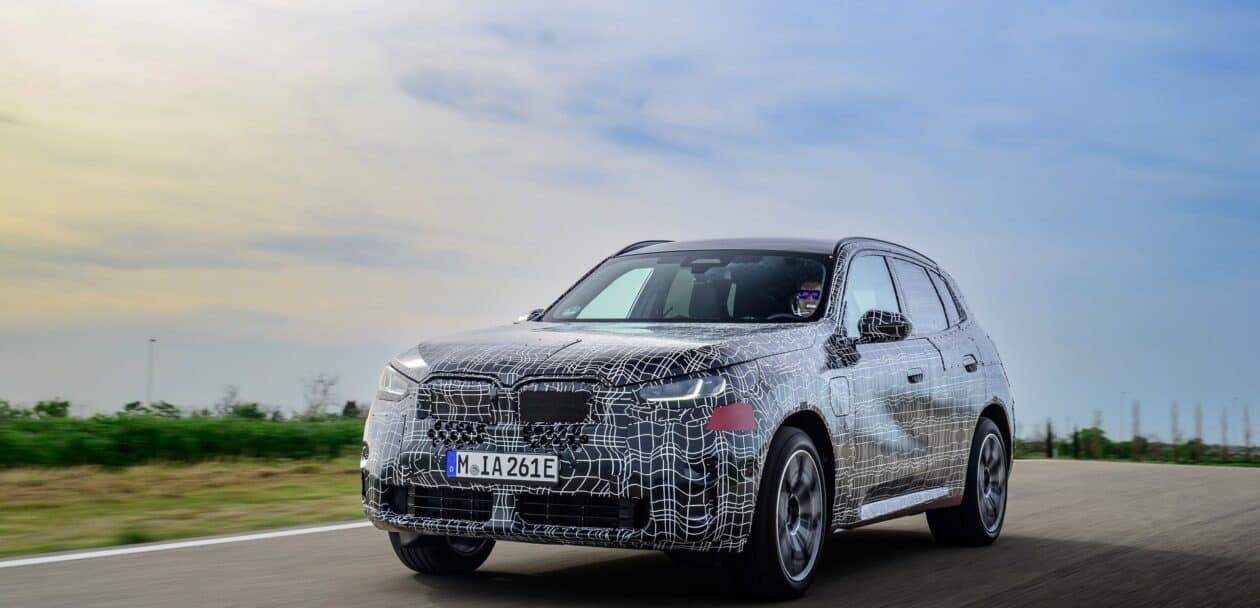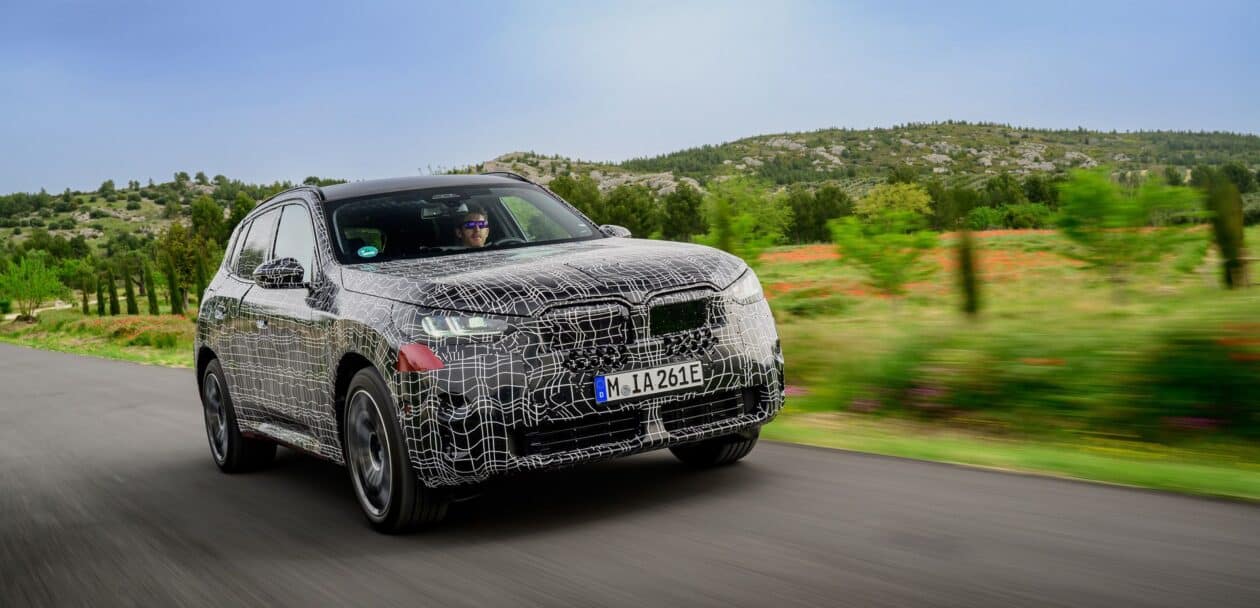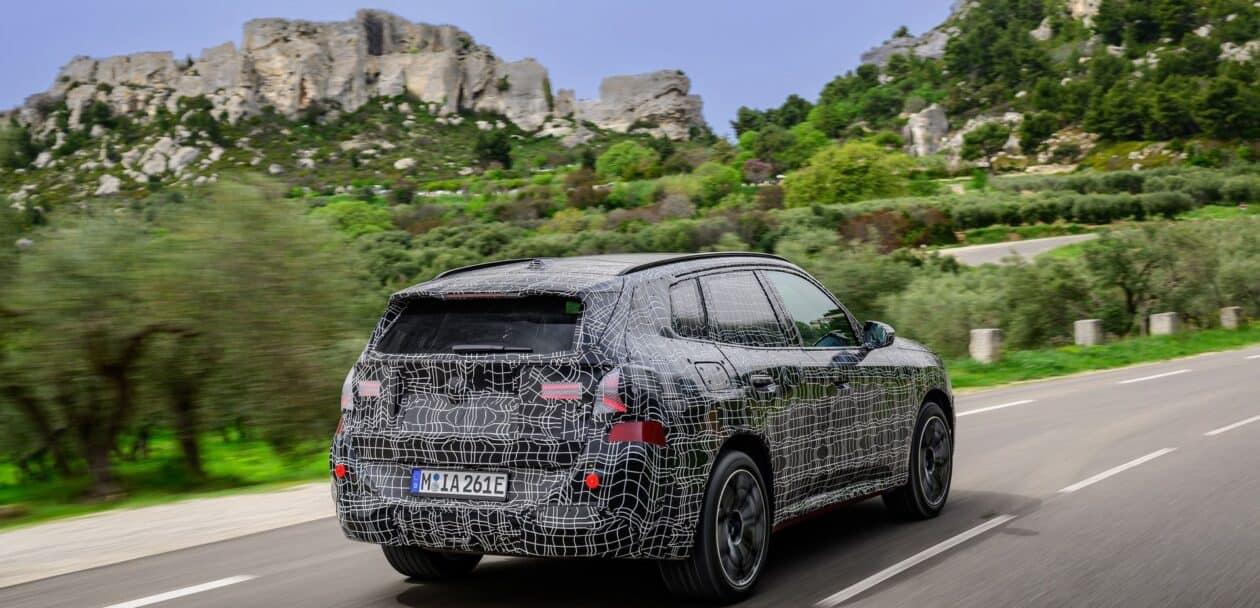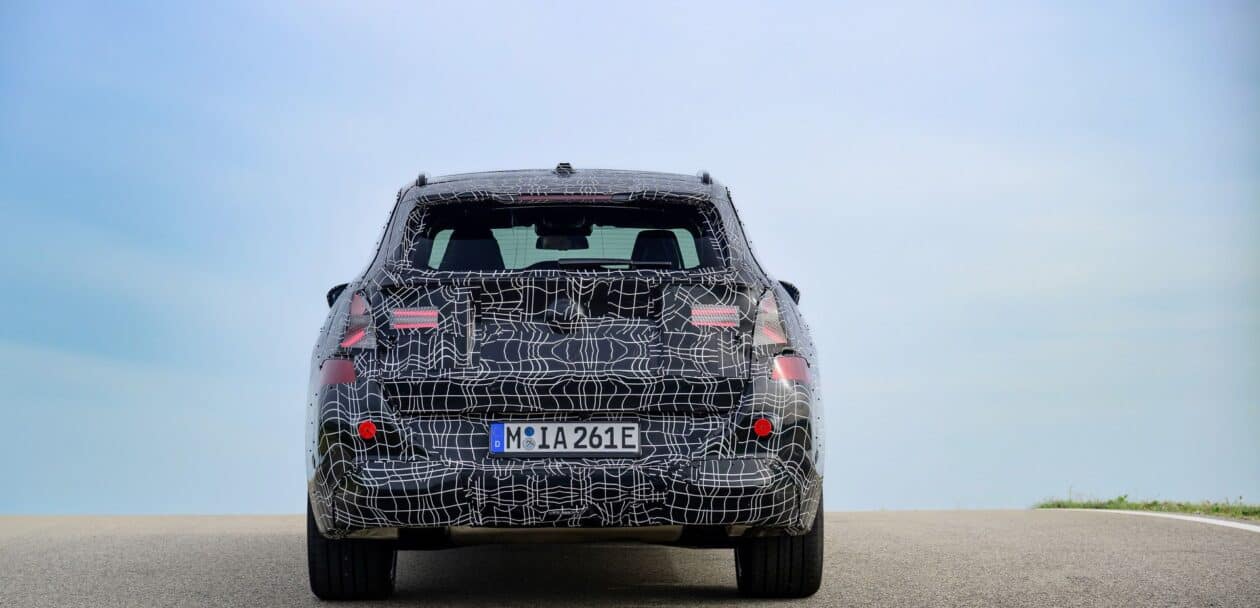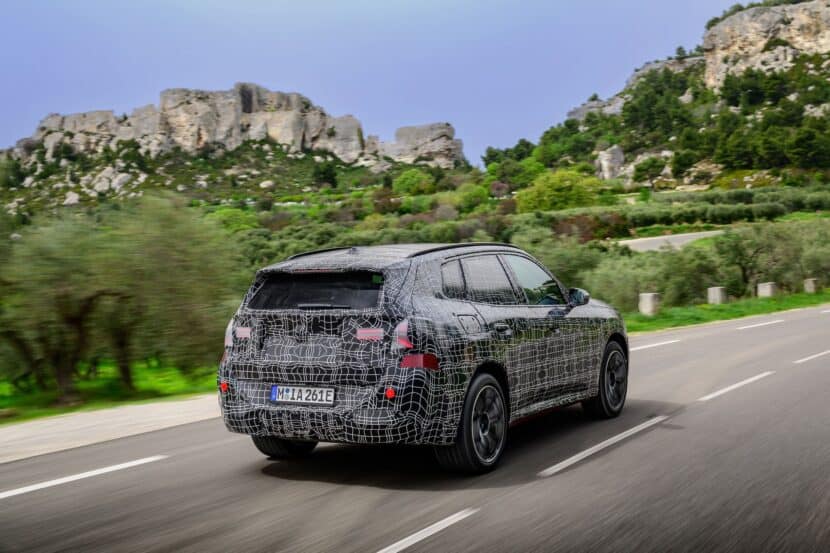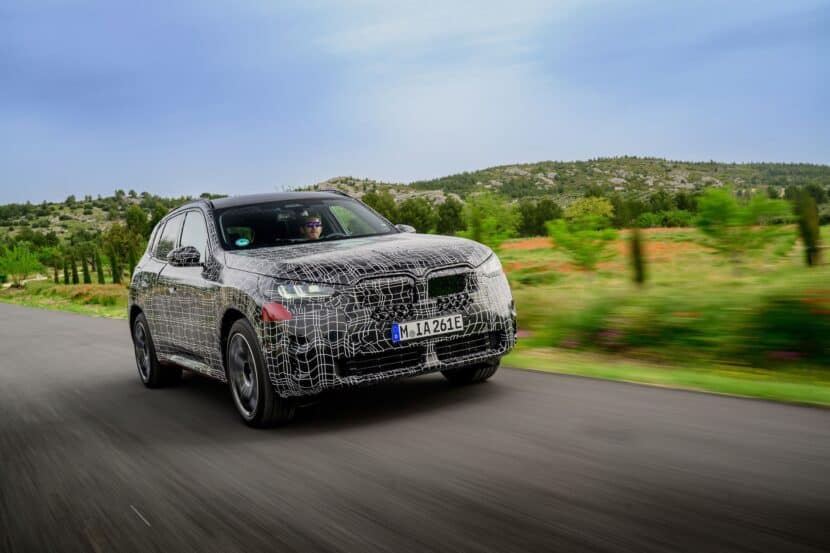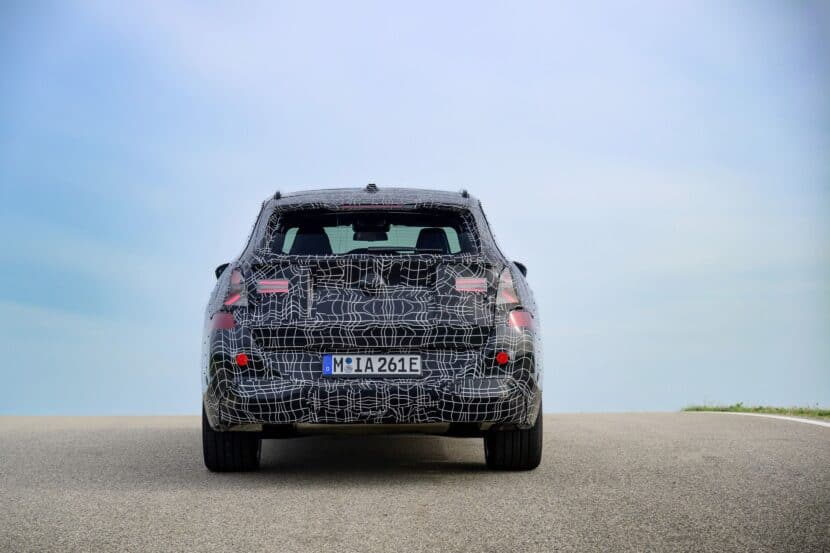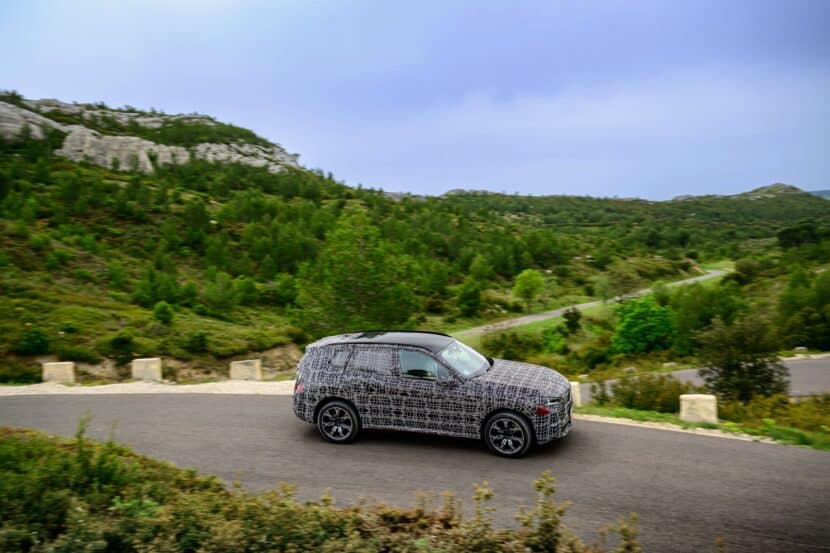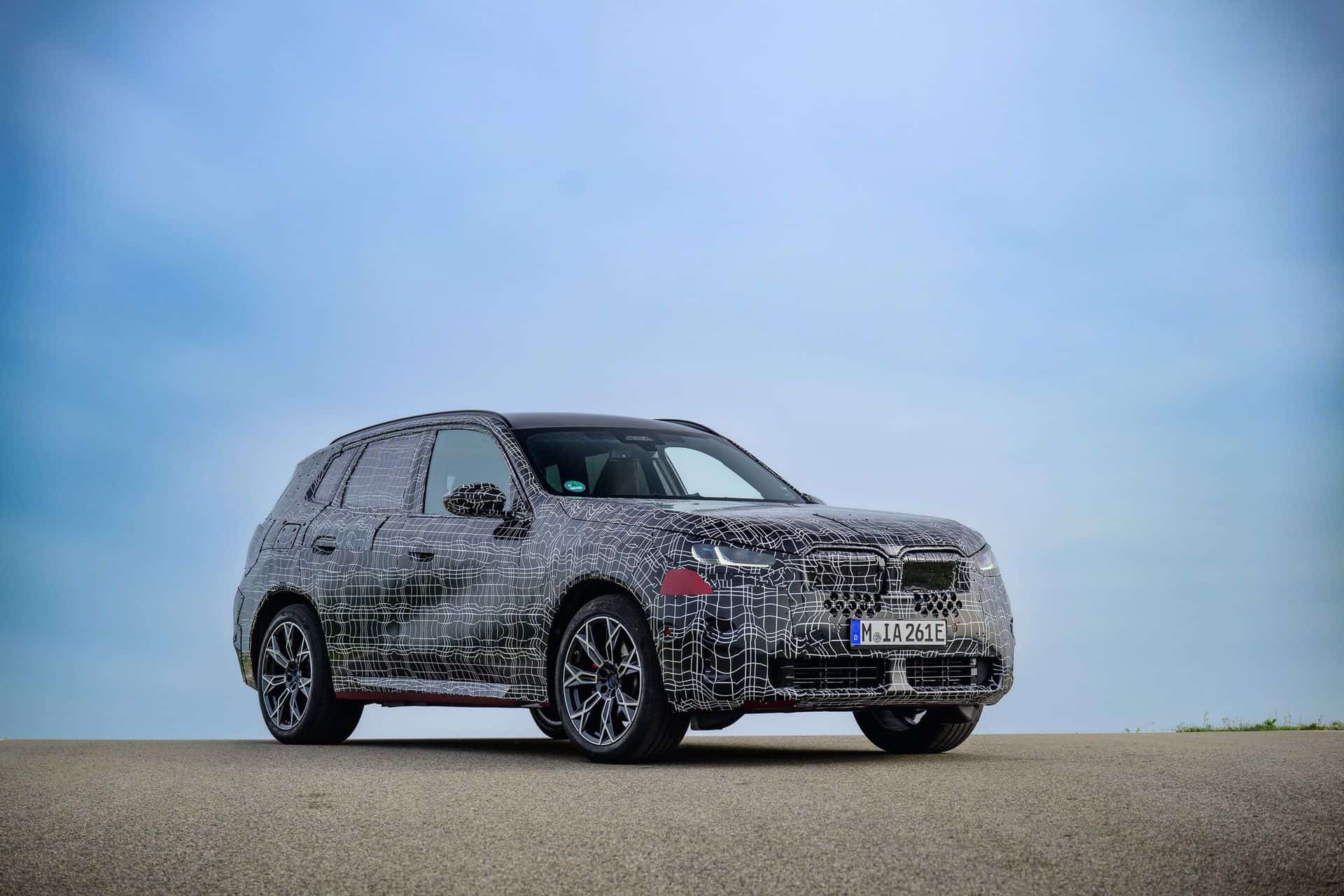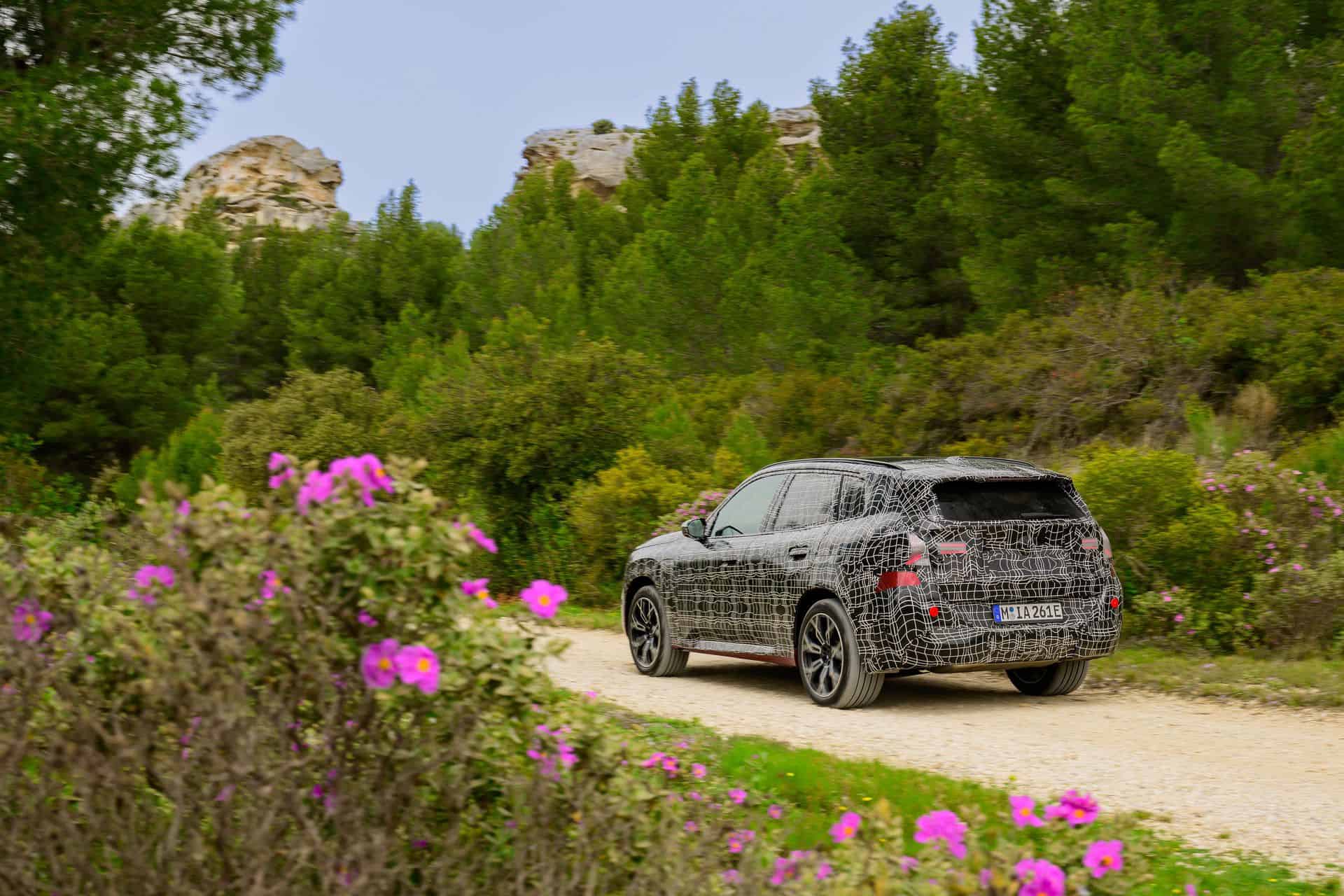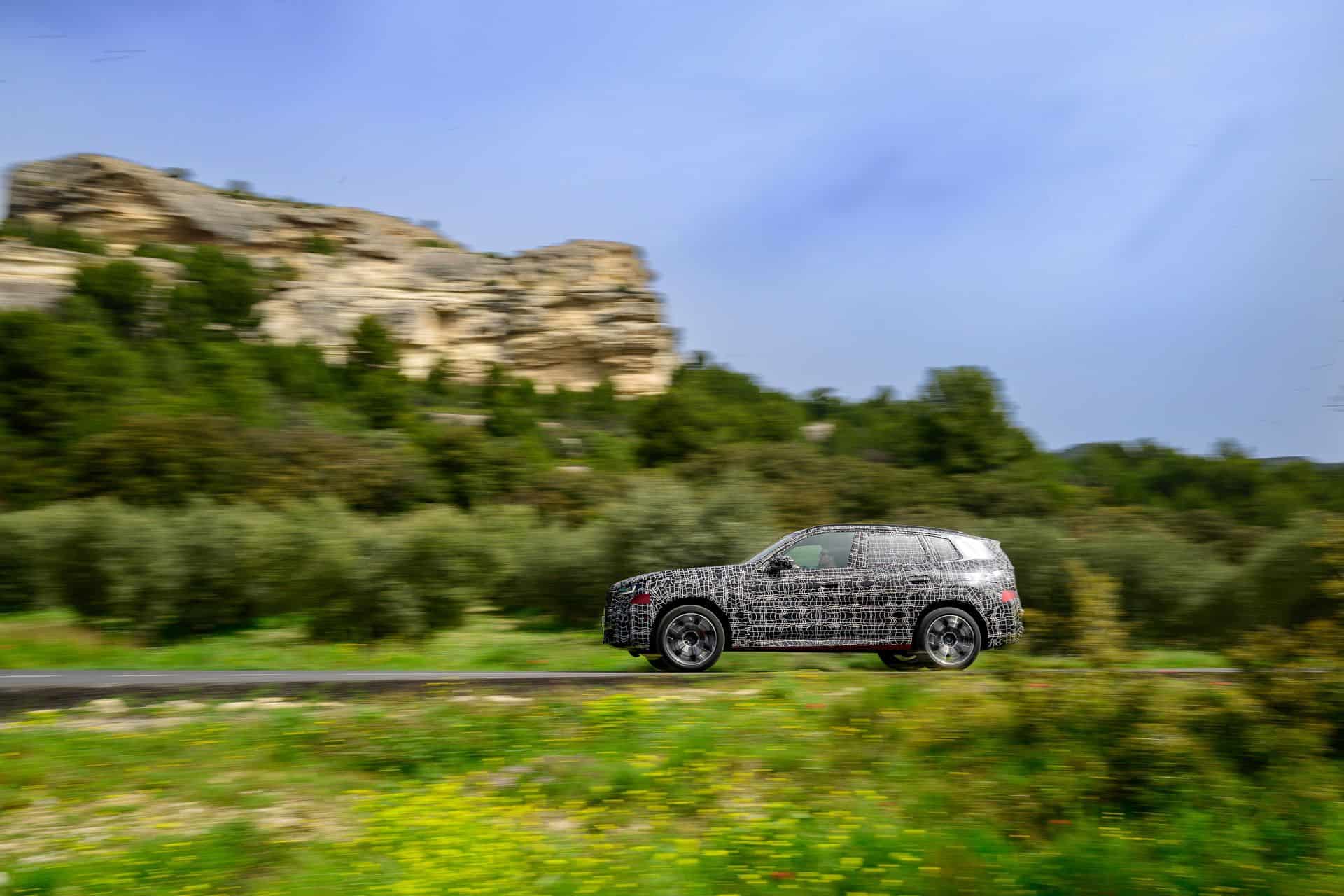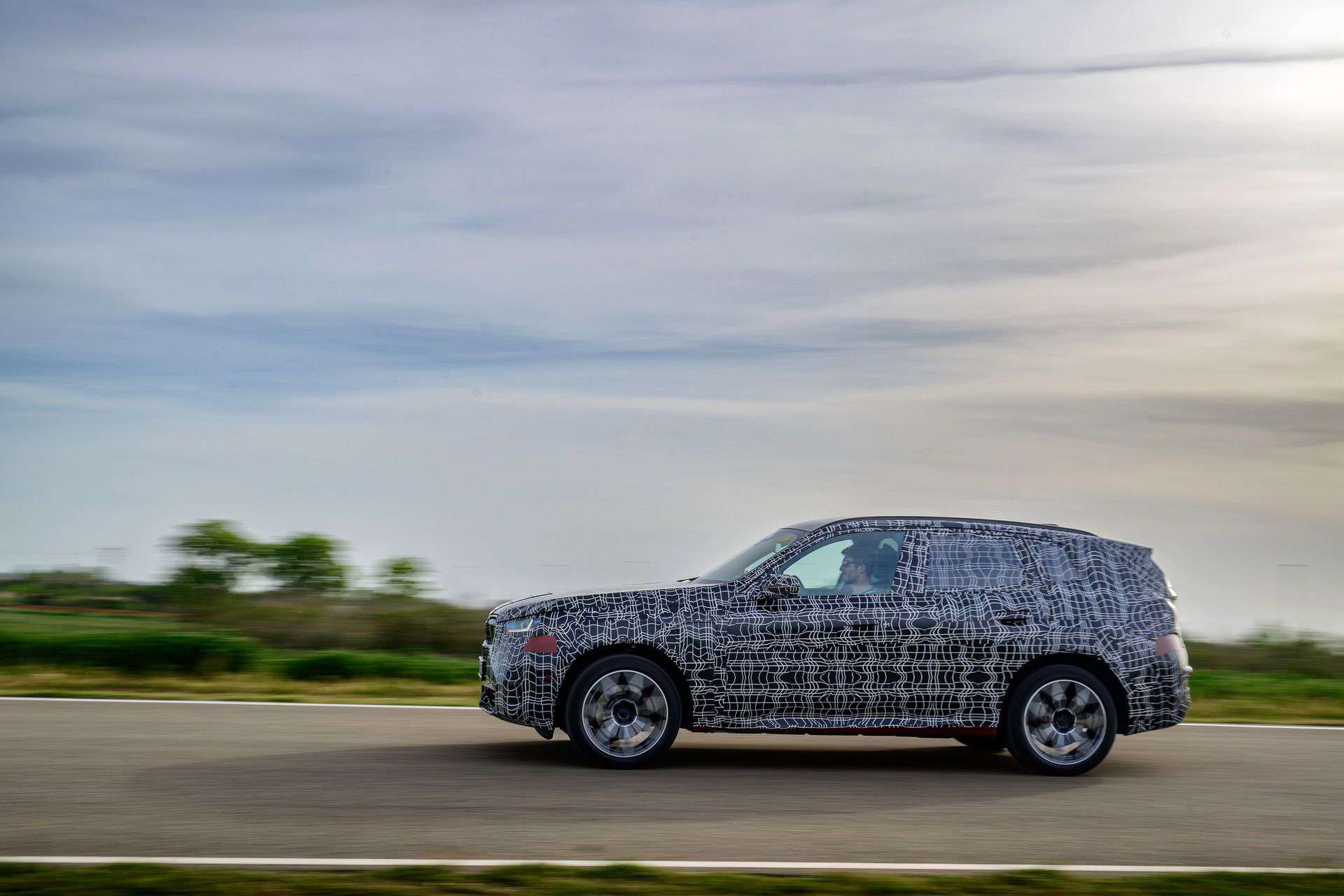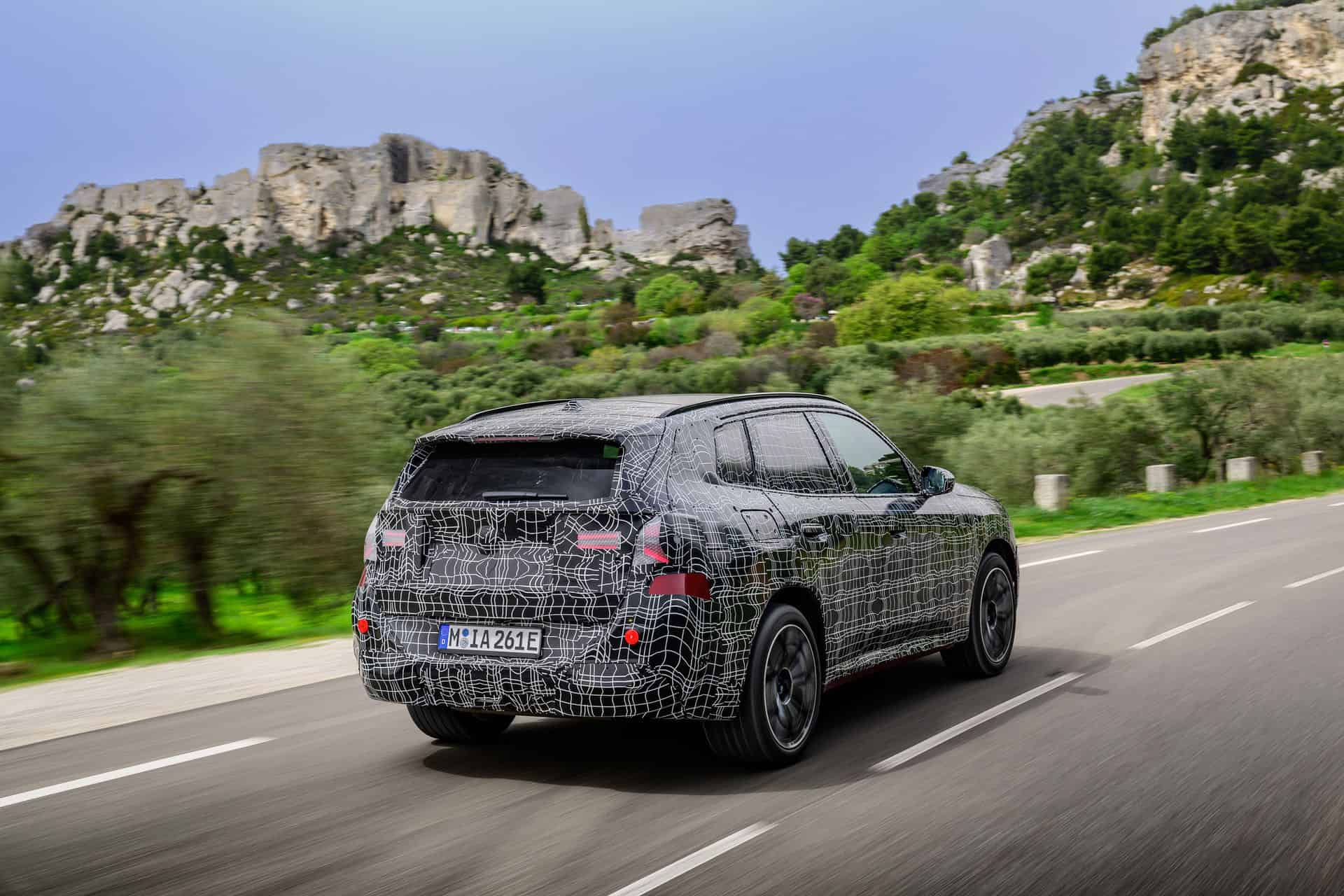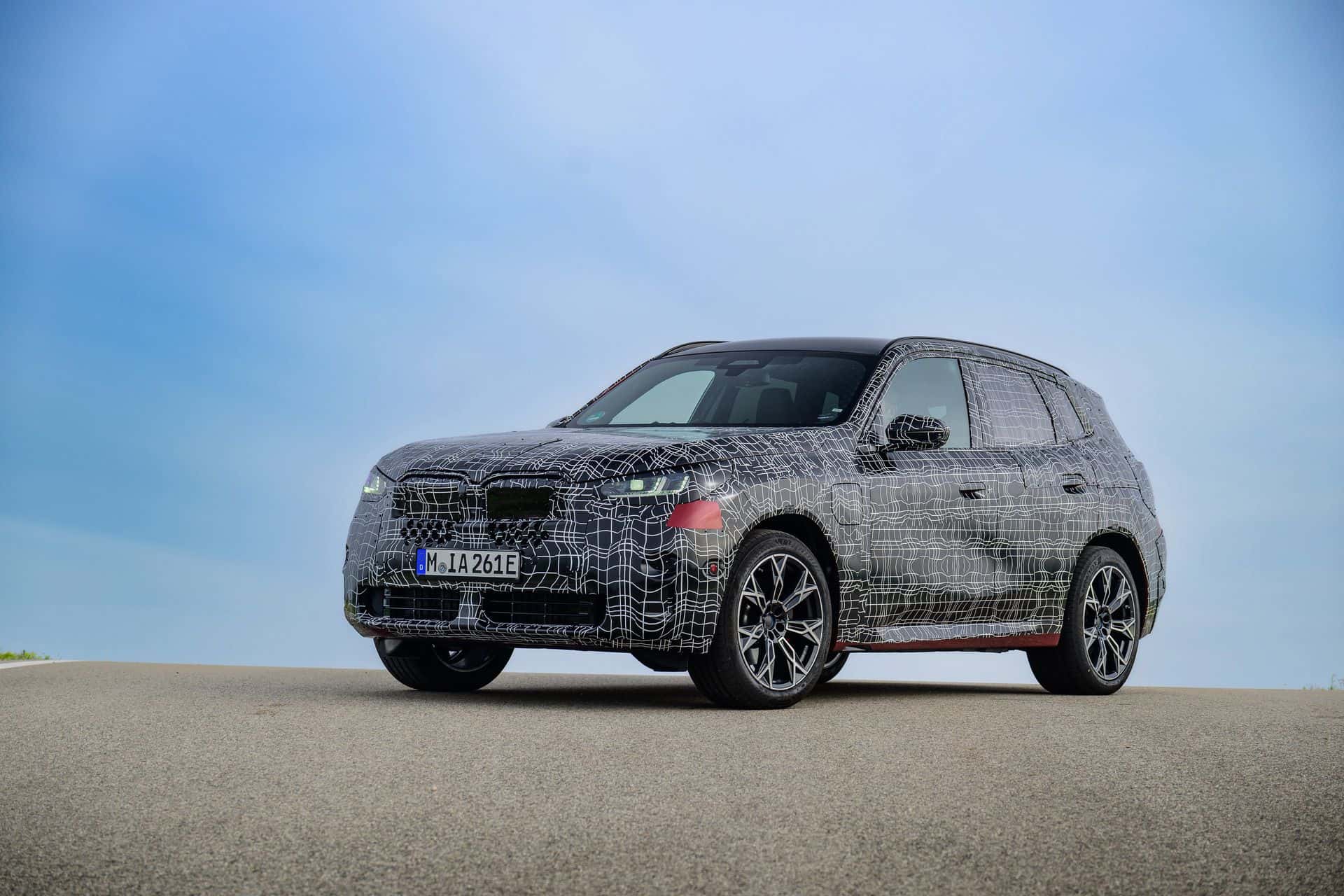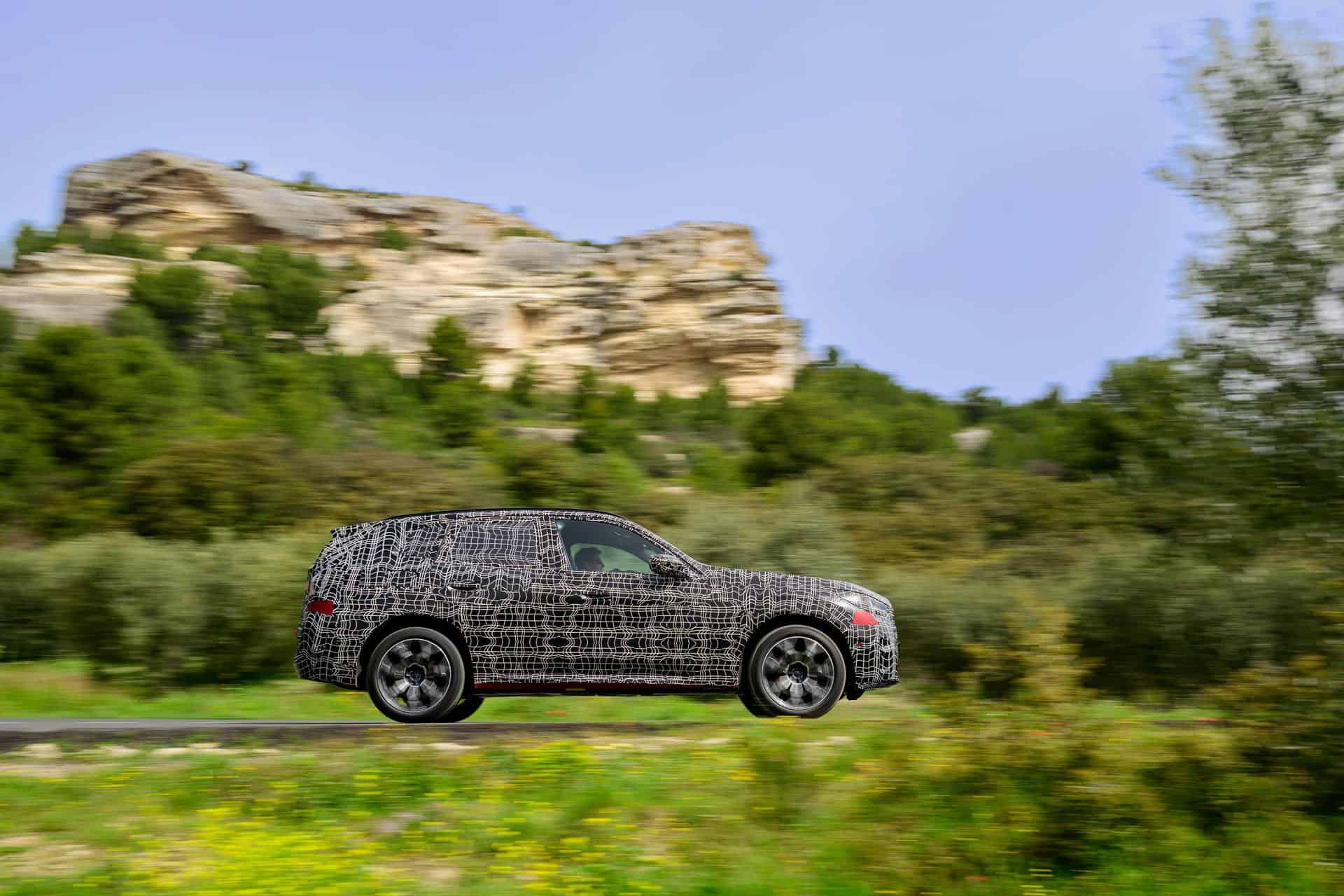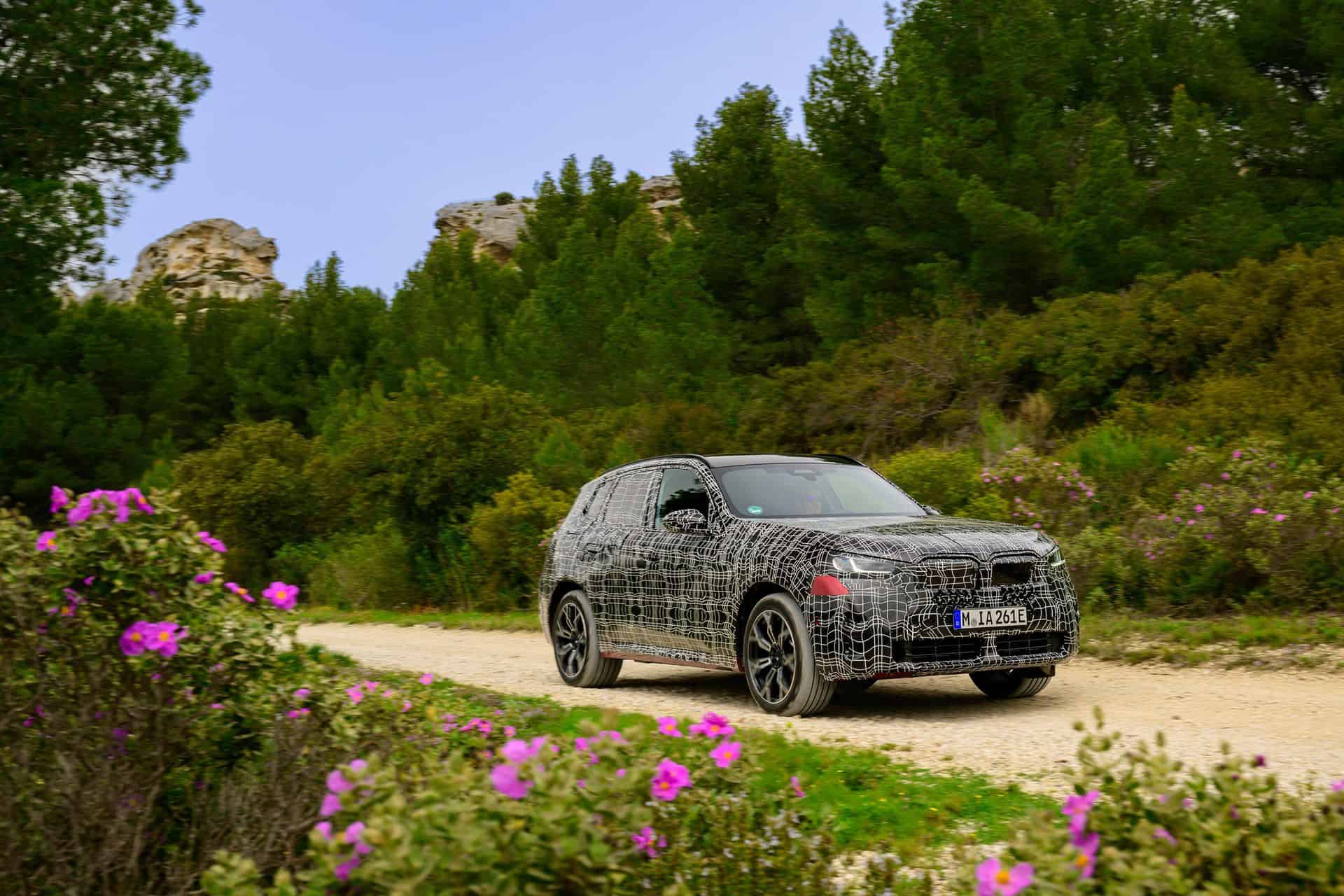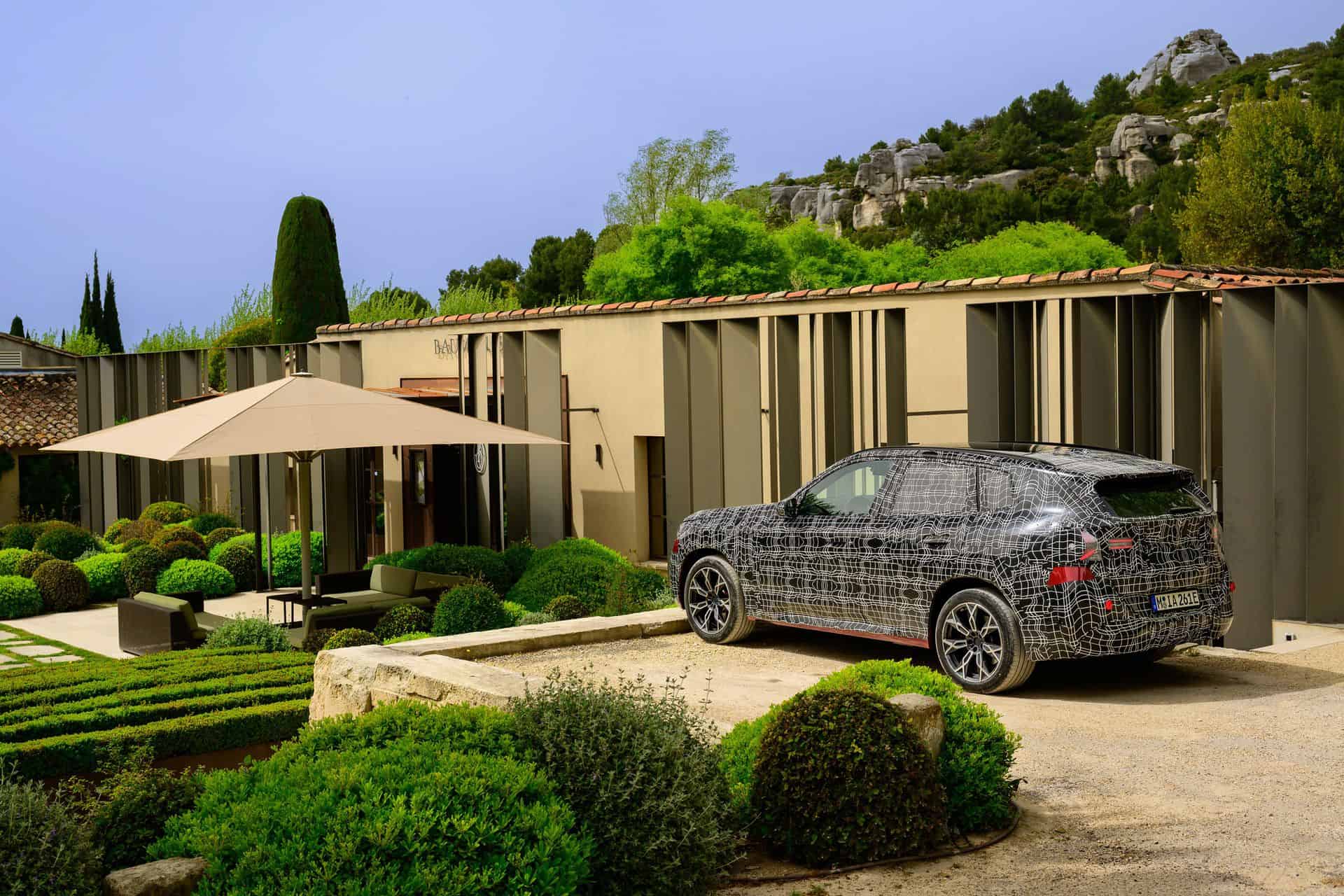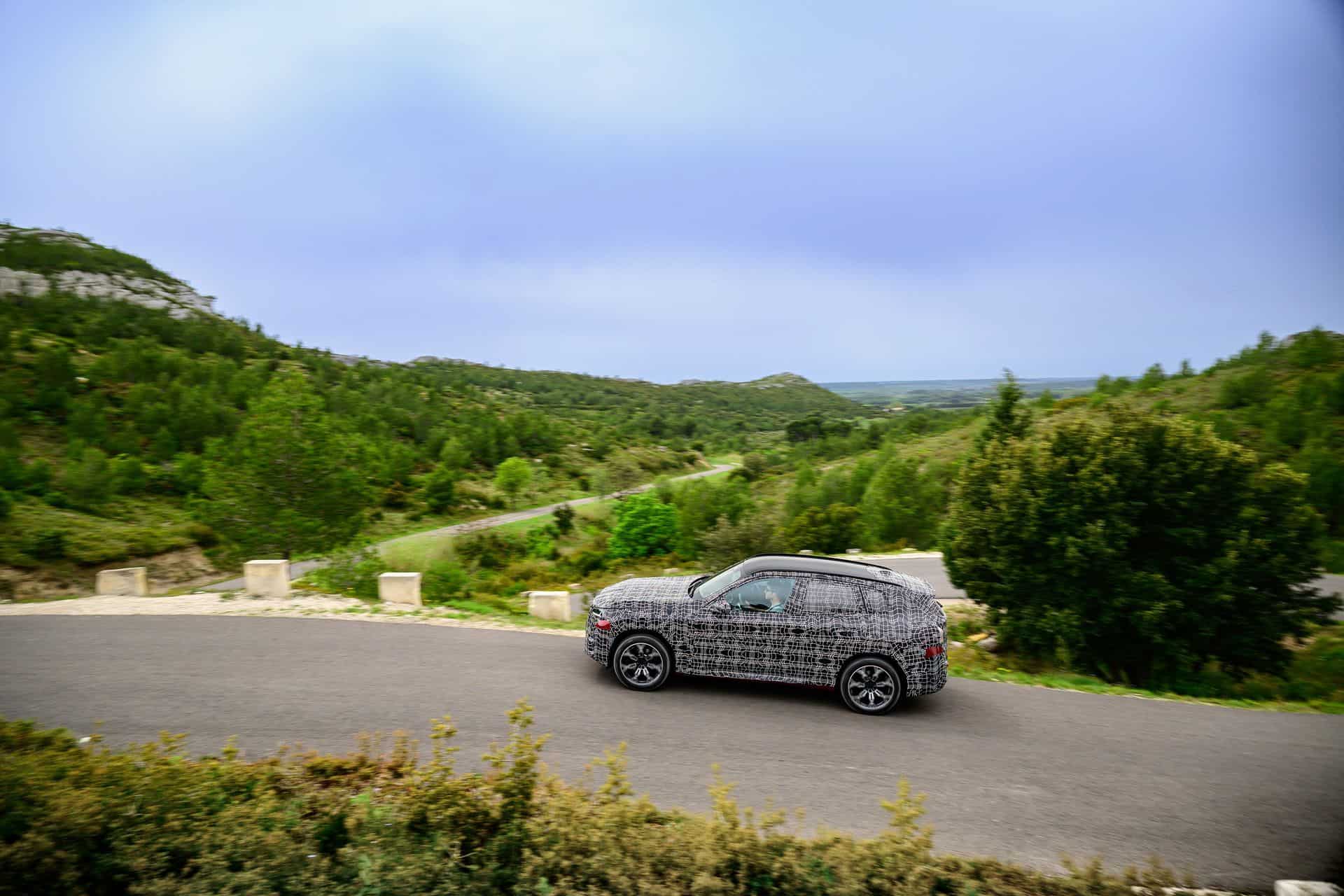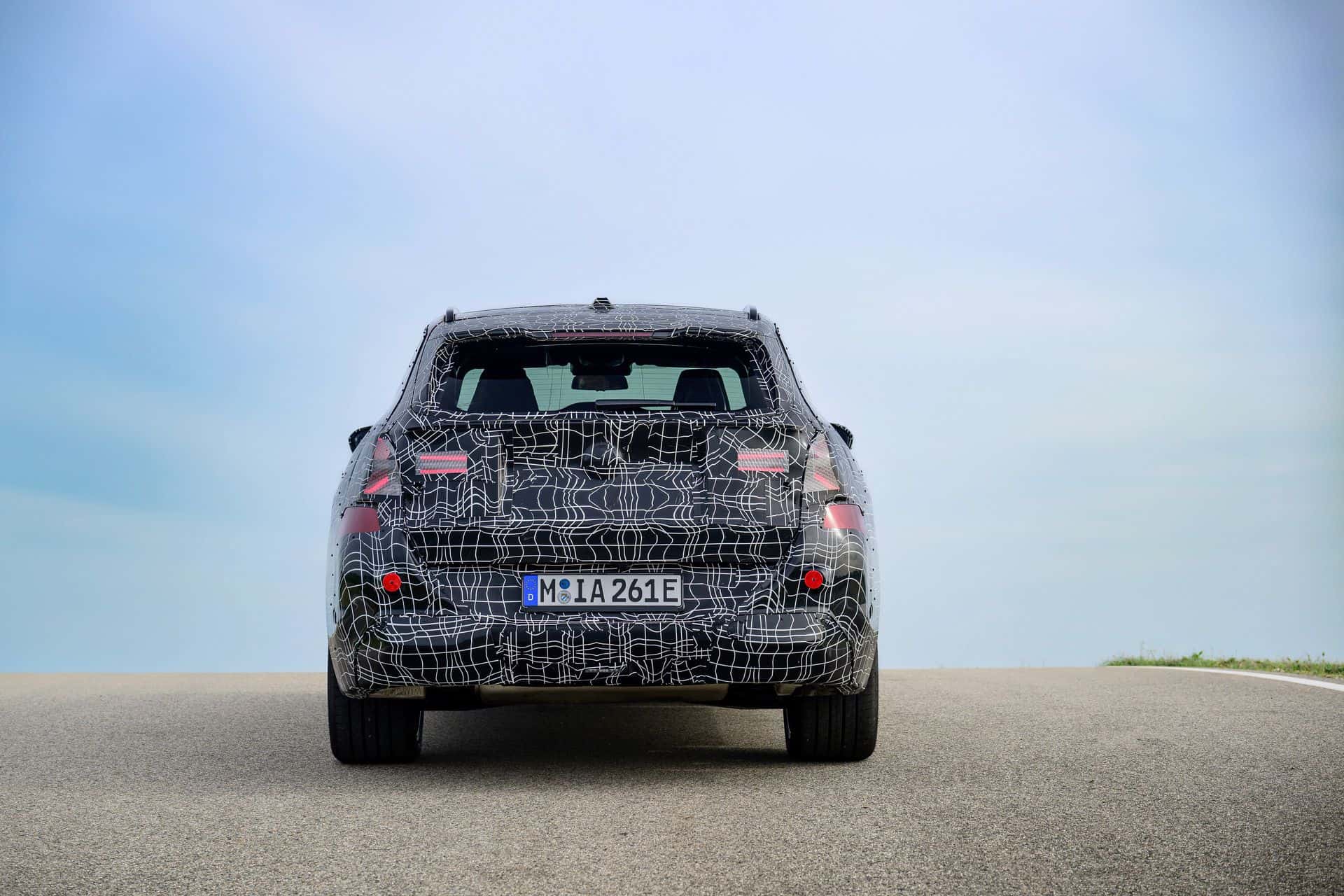The fourth generation BMW X3, built on the versatile CLAR platform, will continue to offer a plug-in hybrid variant, maintaining BMW’s commitment to flexibility. Even though the new BMW X3 PHEV won’t come to the United States, at least not initially, I flew to Southern France at the BMW secret testing location in Miramas to sample the improved X3.
More Comfort Without Compromising Driving Dynamics
Just like with the X3 M Performance Model I just reviewed, the scope of this trip was to focus on the driving dynamics and chassis improvements of new G45 BMW X3 family. And if the top model focuses mostly on the higher end of the performance graph, the BMW X3 plug-in hybrid is more about daily driving and efficiency.
The base strut package is also completely new in the G45 X3 PHEV. According to Stefan Gress, BMW engineer responsible for Functional Design & Integration Driving Dynamics, the rolls bars are new, the rubber mounts as well, and the suspension is less stiff than the one in the X3 M Performance model. The adaptive suspension operates on the principle of adjusting the forces and stiffness based on the current driving situations, computing that every 10 milliseconds. The goal is to ensure that the body, wheel and acoustic comfort, play all nicely together.
New Steering System
The car now features a belt-driven steering gear, specifically the EPSA variant, enabling BMW to precisely engineer the axle kinematics and elastokinematics. This new steering system enables BMW to provide a broad spectrum of driving experiences tailored to the vehicle, from a smoother, more comfortable ride to a highly aggressive feel in the sportier models.
Additionally, there is an all-new variable damper controller which greatly influences the driving modes available in the car. Recent BMW models have showcased a broader distinction between driving modes, and this new G45 X3 will further enhance the difference between Comfort and Sport, providing an even more distinct driving experience.
One of the first things I noticed while cornering the X3 PHEV was the more intuitive steering feel, with solid feedback from the front wheels. The steering angle dynamically adjusts, allowing the car to respond directly to your steering inputs. Although it lacks the heft and feedback of the higher-end X3 models, this is intentional. The X3 PHEV is designed to be an excellent daily driver, well-suited for typical driving scenarios.
In Comfort mode, the steering remains notably softer, yet the steering angle does not vary compared to Sport Mode. The aim here is to ensure consistent steering behavior across various driving modes. In Sport Mode, the G45 X3 PHEV becomes sharper and stiffer, with a slight boost to the engine as well. Overall, BMW seems to have nailed the brief: steering comfort and great driving dynamics at the same time.
2.0 Liter Engine Paired With An Electric Motor
Regarding the engine, BMW hasn’t provided the specifics to me, but it appears to use the same plug-in hybrid drivetrain found in similar models: a B48 2.0-liter TwinTurbo at the front and an electric motor at the rear. There’s also a battery pack integrated into the car’s floor, although specific details about the electric range are still undisclosed. But BMW did mention an upgrade to the battery pack as well. We started with a range of 80 km, if you’re curious.
The 2025 BMW X3 PHEV performs as expected in terms of power delivery. The B48 engine can feel a bit sluggish in a heavier vehicle, but once it reaches the optimal torque band, it propels the car effectively. The transition from hybrid to gasoline power is seamless, and the 8-speed ZF transmission continues to earn its accolades without needing further praise. It’s unclear whether there is more power in the X3 than before, but at times, it certainly felt so.
Driving Experience
The suspension offers smooth rebounds without progressive stiffness, which became apparent as I drove over uneven surfaces. But it does become a bit stiffer as the lateral forces increase, giving the crossover a more composed stance in corner. The 2025 BMW X3 provides a level of comfort that leans more towards luxury. Of course, opt for the more powerful and tuned up M Performance model and the X3 will fall on the sporty side of things.
The standard wheels range from 19 to 21 inches, and the car featured Label A tires in a 255 square setup. Additionally, the cabin is well insulated, effectively minimizing tire noise. I won’t delve into all the specifics of the new G45 X3 PHEV here—you can find those in the detailed X3 M50 review. However, a couple of features worth noting are the iX-style steering wheel, the Operating System 9 and the inclusion of the iDrive controller.
The X3 PHEV Was Always A Safe Bet
In the end, the 2025 BMW X3 plug-in hybrid is exactly what you expect in the lineup: an affordable and comfortable daily driver, delivering great efficiency and some electric range. With more room for passengers and increased cargo space, this new generation BMW X3 is poised to become a future high seller as well. But more on this in the fall when we will do a proper test of the production series car.


